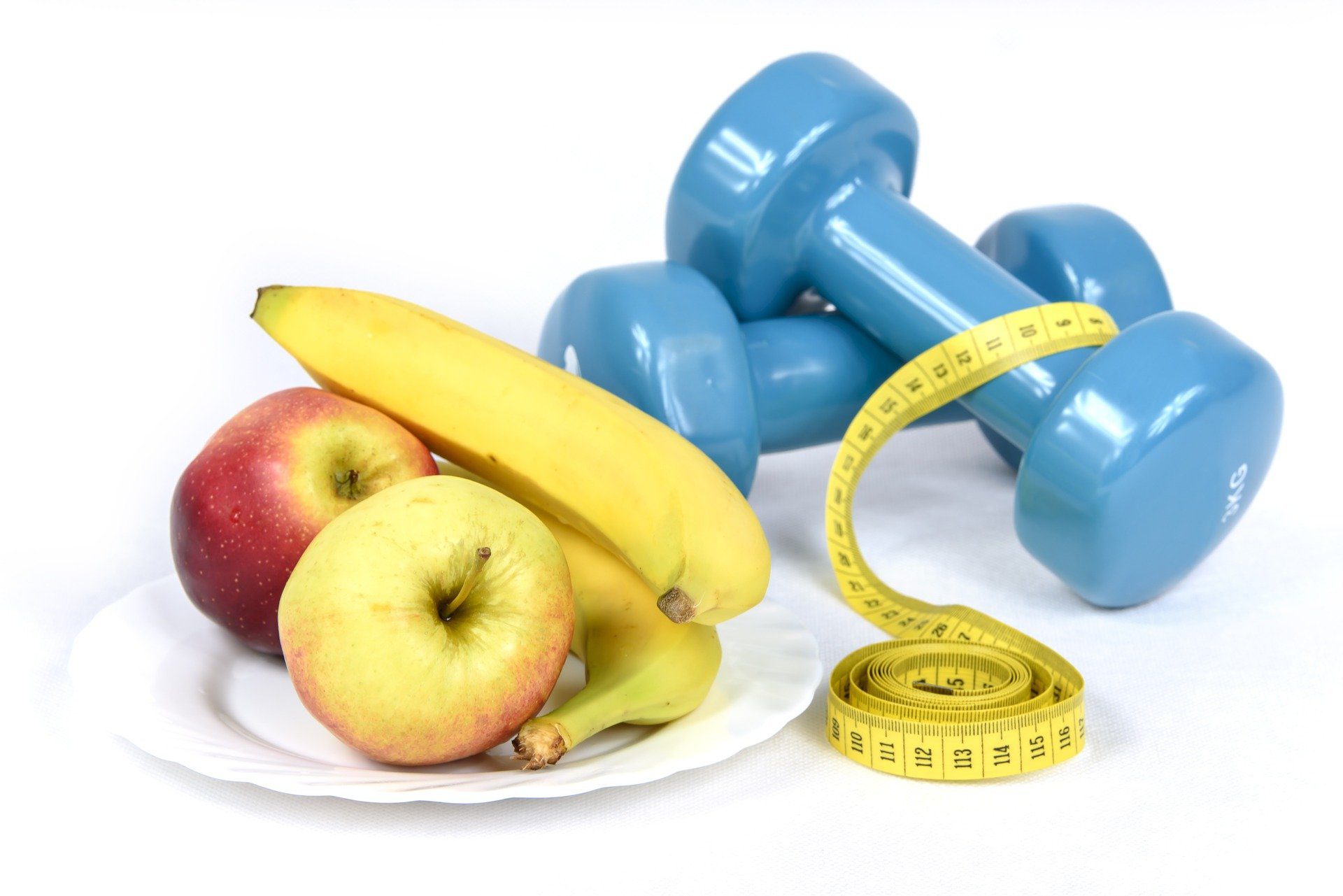What would you think if someone told you “If you want to stay thin, eat more food”? The very idea sounds as ludicrous as swimming to stay dry or shouting to be quiet. However, there is some truth to the principle of eating more while maintaining fitness – and this comes in the form of reverse dieting.
Let’s discuss further to give you a good idea of what this phenomenon is, how it works, and whether it is a good choice in your case.
What is reverse dieting?
The idea behind reverse dieting is to increase how many calories you consume to boost your metabolism and maintain a healthy weight. This is nothing to scoff at, it’s science! In fact, the approach has actually helped thousands of professional athletes and ordinary adults over the past several decades (since it’s been popularized).
Now, before you gleefully reach for that extra sandwich, you should understand a very important context…This approach is most effective in people who have just completed a diet or altered their eating regimen for sports events. People in these categories want to get back to a more flexible and robust eating regimen, but are afraid to regain weight that they’ve worked so hard to shed.
So the solution is simple: steadily eat more and let your body get used to it, effectively using the increased calories for energy instead of fat storage.
How to start a reverse diet
The first step in this process is analyzing where you are now (what your current macros and intake are), and deciding what your target is for the reverse diet. With these two values, you can calculate the daily/weekly increase that should be implemented.
There are a few ways to measure all these things. One is by counting and adding calories, so someone might just choose to add 100 calories to their daily total and up the same amount next week. Unfortunately, this approach doesn’t really consider the quality of the food and whether you are getting enough nutrients, just your basic energy needs.
Subsequently, you might be better off calculating your macros in grams and doing increases across the board following the advice of a dietitian. Some dieters forgo precise measurements altogether and rely on hand portions to measure quantity.
Things to keep in mind
The reverse diet is one that many people get excited about – but it should not be viewed as a miracle solution and one that works for everyone. After all, some people may have a harder time returning to a high metabolic rate due to their age, genetic disposition, and other physical factors. A lot also hinges on their level of physical activity – those who exercise will have an easier time putting the new calories to good use.
Another major concern with this diet is consistency. Unless you eat the same set of products every single day, counting calories can be incredibly complicated and time-consuming, whereas winging it and eating what you think is the right amount will inevitably cause you to go above or below your target. In other words, achieving consistent and positive results takes a high level of personal discipline. Are you up for the challenge?





























